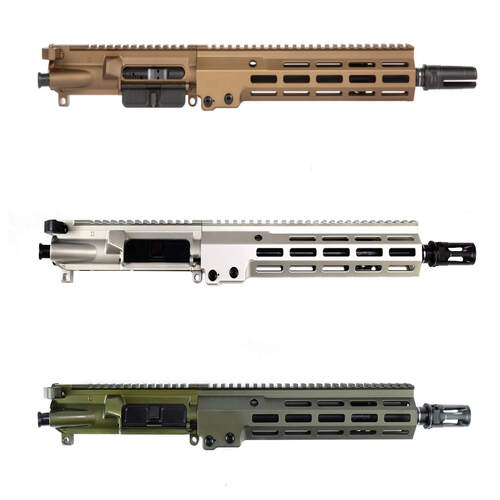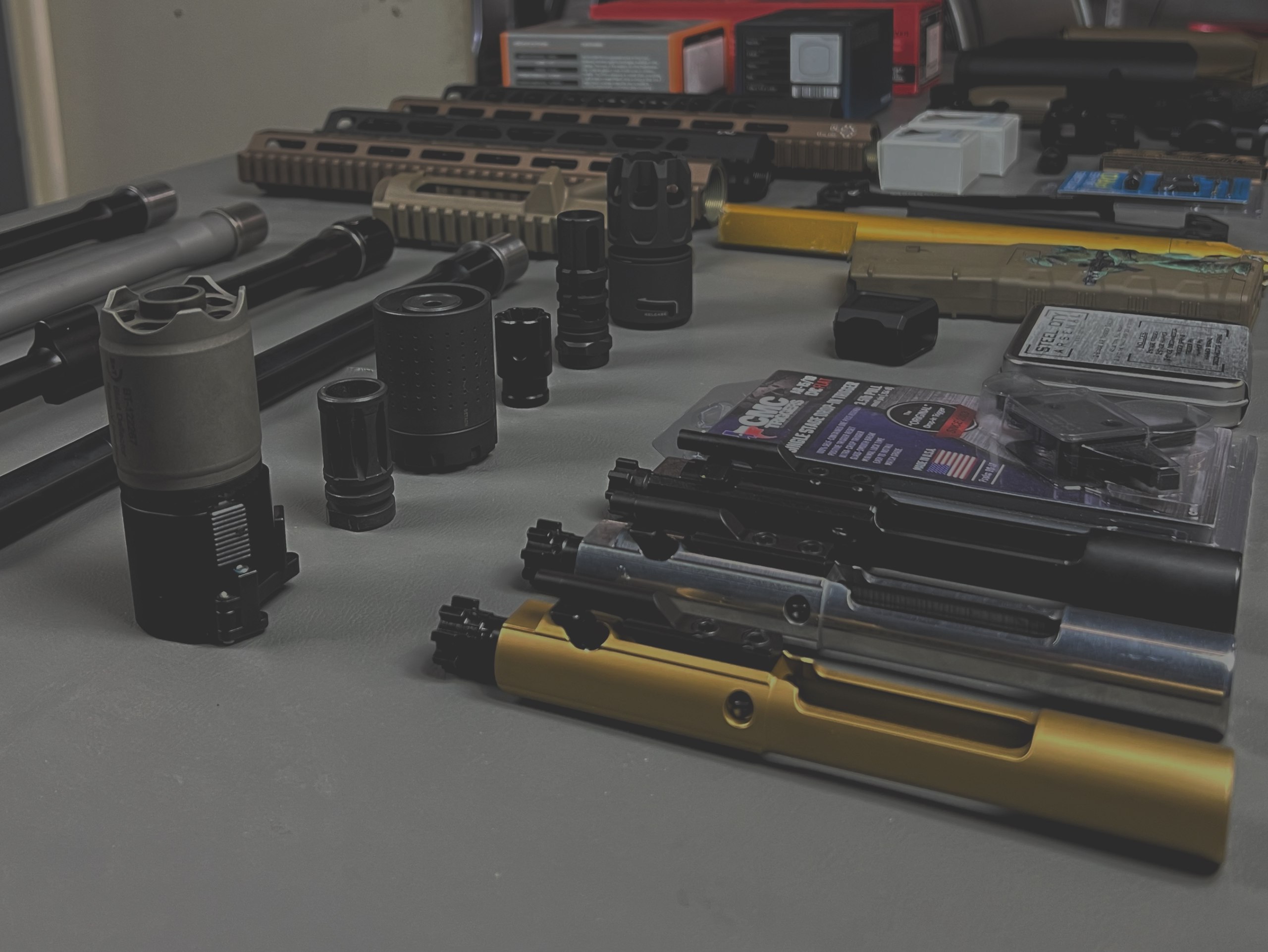When it comes to customizing your AR-15 rifle, one of the key components to consider is the trigger. Your choice of trigger can significantly impact your shooting experience, accuracy, and overall performance. Two popular options are single-stage and two-stage triggers. In this article, we’ll dive into the differences between these two trigger types to help you make an informed decision for your AR-15.
Single-Stage Trigger:
A single-stage trigger is the simpler of the two options and is the standard trigger found in many AR-15 rifles. Here’s what you need to know:
- Consistency: Single-stage triggers provide a consistent pull from start to finish. When you apply pressure to the trigger, you’ll feel the same resistance throughout, leading to a predictable break.
- Simplicity: These triggers are straightforward and easy to use. There’s no slack or take-up in the trigger pull, making them ideal for situations where rapid shots are required.
- Speed: Single-stage triggers are known for their speed, making them a top choice for competitive shooters and those who need fast follow-up shots.
Two-Stage Trigger:
A two-stage trigger, on the other hand, offers a more nuanced trigger pull experience:
- Staging: The two-stage trigger has a distinct “staging” phase followed by a “break” phase. In the staging phase, you’ll encounter a light resistance, often referred to as “slack” or “take-up.” Once you reach the break phase, you’ll feel a sudden increase in resistance, signaling that the shot is about to be fired.
- Control: Two-stage triggers provide better control, allowing shooters to take up the slack without actually firing the shot until they choose to do so. This can enhance accuracy, especially for precision shooting.
- Safety: The staging phase in a two-stage trigger acts as an additional safety measure, reducing the likelihood of accidental discharges.
Choosing the Right Trigger for You:
The choice between a single-stage and two-stage trigger ultimately depends on your shooting preferences and intended use of your AR-15:
- Single-Stage for Speed: If you’re primarily using your AR-15 for competitive shooting or scenarios that require rapid fire, a single-stage trigger may be your best bet.
- Two-Stage for Precision: For precision shooting, long-range engagements, or situations where you need absolute control over your shots, a two-stage trigger offers the precision and safety you need.
- Personal Preference: In the end, your choice may also come down to personal preference. Some shooters simply prefer the feel of one trigger type over the other.
When choosing a trigger for your AR-15, consider your shooting goals, practice, and budget. Remember that proper training and practice are essential, regardless of the trigger type you choose. Ultimately, understanding the difference between single-stage and two-stage triggers will help you make an informed decision and optimize your AR-15 for your specific needs.




